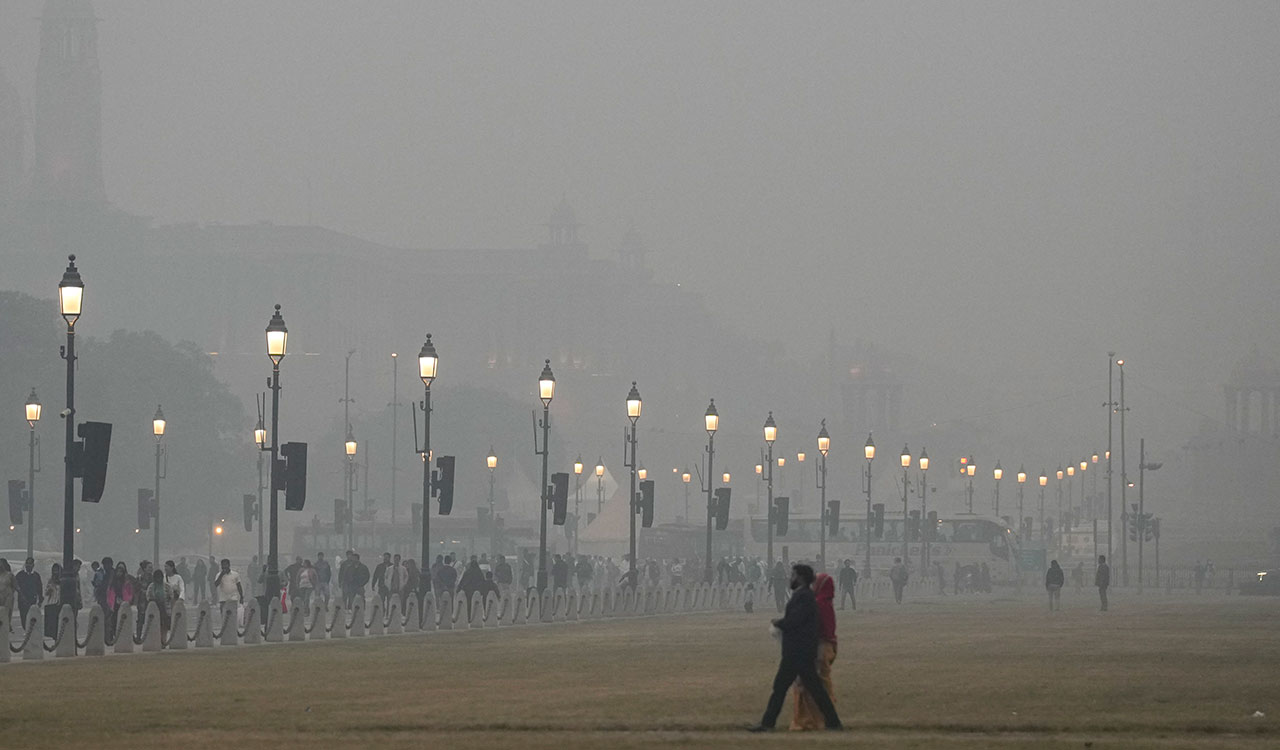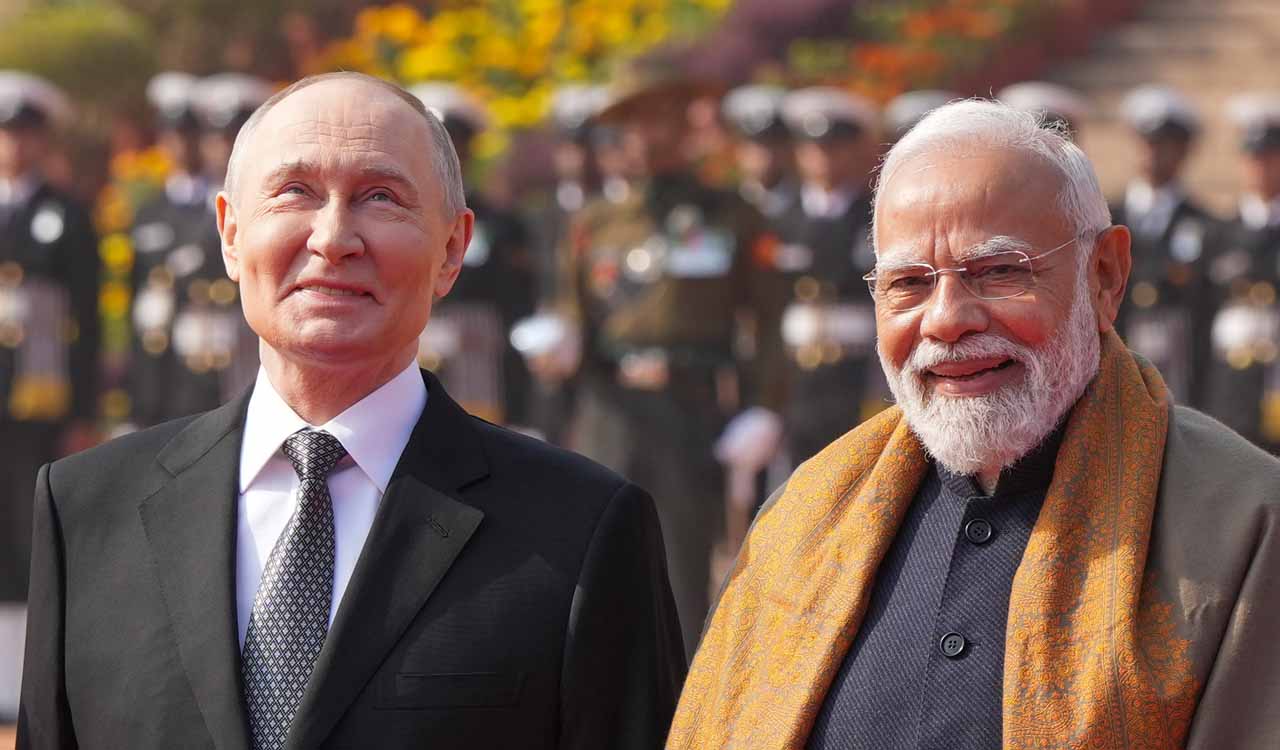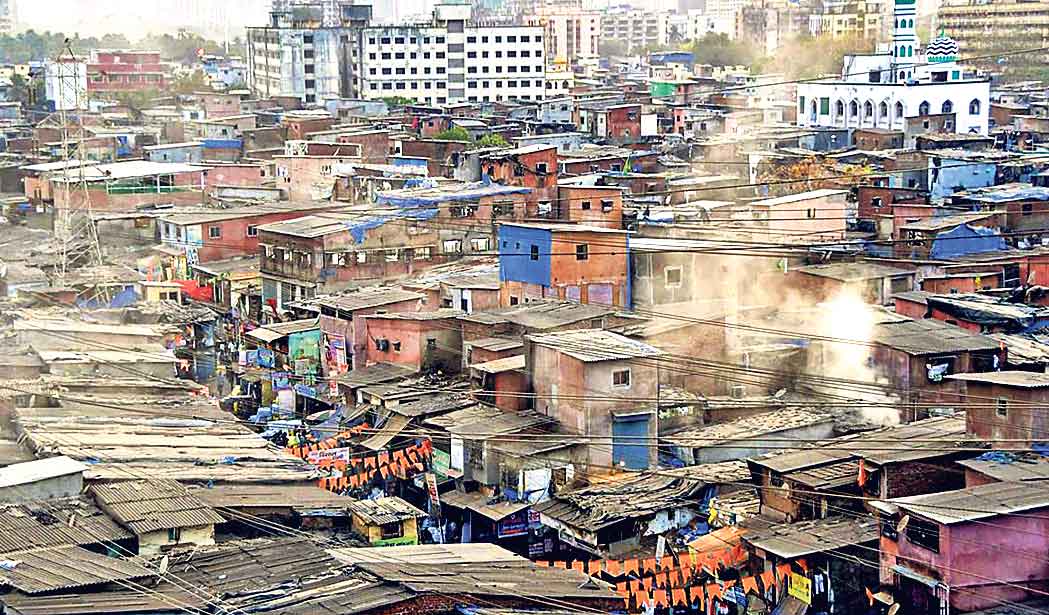Opinion: When the air turns against us — Why Delhi’s pollution crisis is a public policy wicked problem
Delhi’s air crisis cannot wait for miracle rains or court orders; it must build the political and institutional courage to manage its own air
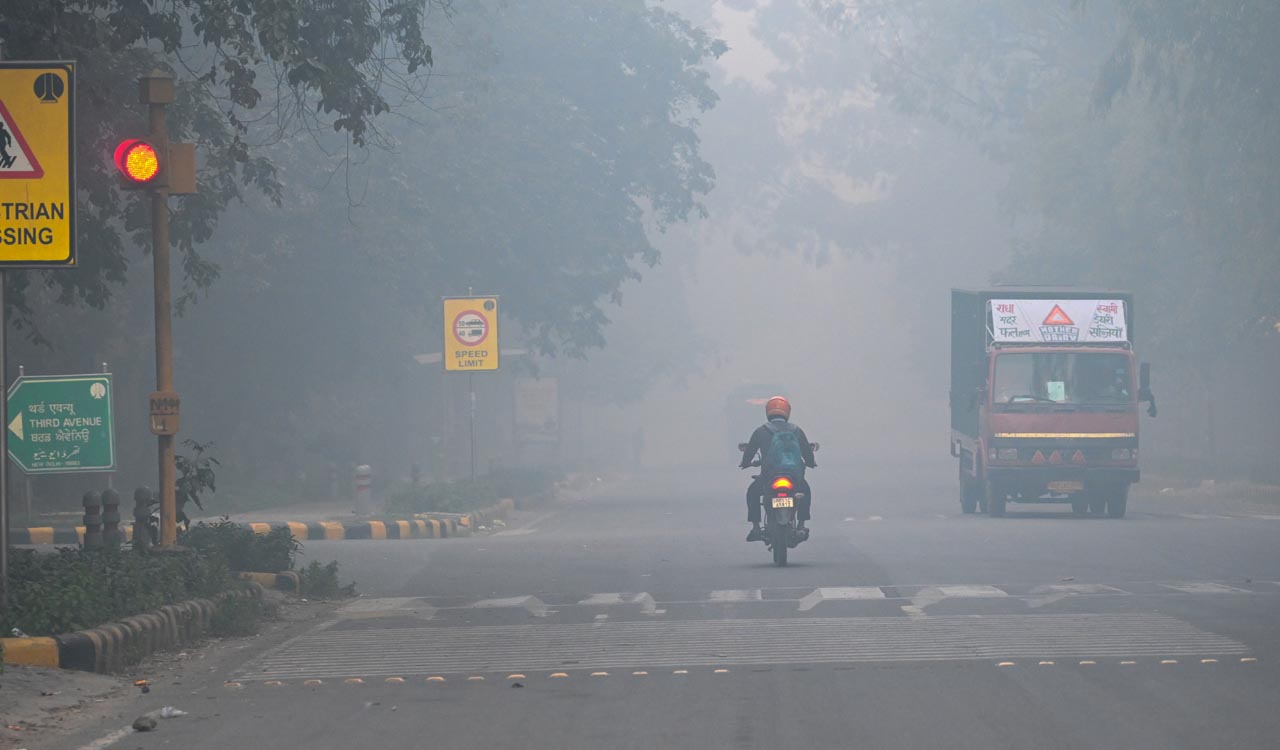
By Dr Tarun Arora, Dr Reetika Syal
Each winter, as Delhi wakes under a grey sky and the air thickens with smoke, the city relives a familiar crisis. Schools close, flights are delayed, and citizens scramble for masks as the Air Quality Index (AQI) routinely breaches 400, the “severe” mark.
Just days before Diwali this year, the Supreme Court attempted a cautious experiment. On October 15, a Bench led by Chief Justice BR Gavai temporarily relaxed Delhi’s blanket firecracker ban, permitting the sale of green fireworks approved by the National Environmental Engineering Research Institute (NEERI) and the Petroleum and Explosives Safety Organisation (PESO) between October 18 and 20, and their use for limited hours on October 19 and 20.
The court called it a “test case” to see if cultural celebrations could coexist with environmental responsibility, directing pollution boards to monitor AQI daily. Yet, by the festival’s end, the air had turned toxic once more; a stark reminder that even judicial calibration cannot tame Delhi’s chronic smog.
This recurring suffocation is more than a seasonal failure; it is a classic public policy wicked problem, a challenge too complex, cross-cutting, and politically fraught for any single solution. Coined by Horst Rittel and Melvin Webber in 1973, the term describes policy puzzles with no clear boundaries, conflicting interests, and constantly evolving dynamics. Delhi’s air crisis, situated at the intersection of science, culture, and governance, embodies this wickedness in every sense.
A Problem with Too Many Causes
Delhi NCR’s air pollution is not born of a single source; it is the sum of many small catastrophes. Vehicular emissions, industrial smoke, construction dust, power plants, open waste burning, and household fuels together create a constant haze. Seasonal agricultural stubble burning in Punjab, Haryana, and western Uttar Pradesh adds a plume of smoke that drifts straight into Delhi’s lungs.
Meteorological factors worsen the situation. Low wind speeds and temperature inversions in winter trap pollutants close to the ground, turning the NCR’s geography into a closed bowl of poison. Efforts to curb one source are often undermined by surges in another: stricter emission norms for vehicles coincide with rising construction dust; bans on stubble burning fail when alternatives remain economically unviable. In such a tangled web, cause and effect blur, and no single intervention can succeed without triggering new challenges elsewhere. That, precisely, is what makes it a wicked problem.
The Firecracker Paradox: Culture, Compliance, and Chaos
Few issues illustrate Delhi’s policy wickedness more vividly than the annual Diwali fireworks debate. The so-called “green crackers,” developed by NEERI to emit 30-40 per cent fewer pollutants, proved to be more symbolic than substantive. Scientists noted that reduced emissions per cracker meant little when millions of crackers were lit simultaneously. Cultural sentiment, economic stakes, and lax enforcement made regulation almost impossible. As one pollution scientist observed, “thirty per cent less pollution per cracker means nothing when there’re three times more crackers.”
To frame Delhi’s AQI crisis as a public policy wicked problem is not an act of despair, but to demand smarter governance, one that recognises complexity, values collaboration, and seeks sustained improvement over quick fixes
The firecracker episode encapsulates Delhi’s policy paradox: legislation exists, enforcement wavers, and public compliance collapses under the weight of cultural nostalgia. The state can regulate behaviour, but cannot easily reshape it. And as with all wicked problems, regulation without persuasion merely shifts responsibility, not results.
The Governance Maze: Too Many Actors, Too Little Accountability
Delhi’s air quality crisis is also a story of governance complexity. The Union Ministry of Environment, Forest and Climate Change, the Commission for Air Quality Management (CAQM), the Delhi government, multiple municipal bodies, and the pollution control boards of Haryana and Uttar Pradesh all share responsibility, and often, blame. Their jurisdictions overlap, but their interests diverge.
This diffusion of authority leads to what policy theorists call governance without ownership. Delhi blames Punjab for stubble burning; Punjab points to vehicular traffic in Delhi; the Centre calls for coordination, while State politics turns cooperative efforts into contests. Courts issue urgent directives, but on-ground capacity to enforce them remains weak. The result is a governance maze in which everyone acts, but no one is accountable.
Emergency measures like the Graded Response Action Plan (GRAP), construction bans, or the “odd-even” vehicle scheme are temporary bandages on a festering wound. They relieve symptoms but not causes. Wicked problems thrive precisely in such institutional fragmentation, where cooperation is optional and blame is plentiful.
Trade-offs, Value Conflicts, and Inequality
Wicked problems are as much moral as they are technical. Every decision in Delhi’s pollution control involves trade-offs: between livelihoods and lungs, between economic growth and ecological survival, between cultural freedom and collective responsibility. Closing small factories hurts employment; halting construction delays housing projects; restricting crackers feels like an assault on tradition.
These trade-offs are compounded by inequality. The privileged retreat behind purifiers and sealed apartments, while the poor, rickshaw pullers, vendors, and sanitation workers, endure the brunt of polluted air daily. They neither drive diesel SUVs nor light fireworks, yet they pay the price through chronic illness and shorter lifespans. Pollution, therefore, is both a health crisis and a justice crisis.
Managing, Not Solving, a Wicked Problem
Recognising Delhi’s air crisis as a public policy wicked problem changes how we approach it. Instead of promising silver-bullet solutions, policymakers must invest in adaptive management, policies that evolve through learning, coordination, and accountability.
The CAQM should be given binding authority over all NCR States and supported with transparent, real-time data sharing. Regional action plans must be iterative rather than static; tested, evaluated, and revised continuously. Behavioural interventions, from congestion pricing to public recognition for cracker-free celebrations, can complement legal bans with social motivation.
Equity must remain central. Farmers need viable alternatives to crop burning; informal workers need safety nets; citizens need affordable access to clean transport. Public participation cannot be a slogan: it must be institutionalised. The path forward lies not in grand announcements but in steady, collective problem-solving. Wicked problems reward persistence, not perfection.
The Politics of Breathing
Delhi’s smog is not a seasonal aberration; it is the natural outcome of a fractured governance ecosystem. The right to clean air, constitutionally tied to the right to life, remains out of reach for millions.
To frame Delhi’s AQI crisis as a public policy wicked problem is not to surrender to despair but to demand smarter governance, one that recognises complexity, values collaboration, and measures success in sustained improvement rather than quick fixes. The city cannot wait for miracle rains or judicial decrees; it must build the political and institutional courage to manage its own air.
Until that happens, every sunrise over Delhi will remain a muted one, beautiful from afar, but toxic up close. And every breath, a reminder that in the capital of the world’s largest democracy, the most basic public good, “clean air”, remains its most wicked policy challenge.
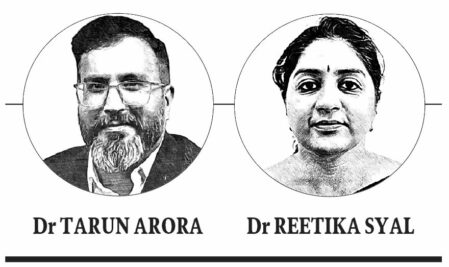
(Dr Tarun Arora is Associate Professor and Associate Dean, Jindal School of Government and Public Policy, OP Jindal Global University, Sonipat, Haryana. Dr Reetika Syal is Assistant Professor, Department of International Studies, Political Science, and History, Christ University, Bengaluru)
Related News
-
Parl Panel for diversification of crude sources to cut geopolitical risks
10 mins ago -
Fire breaks out in mobile shop in Andhra’s Gudivada, extinguished
15 mins ago -
‘It will be a storm this year’: Nani wishes The Paradise director Srikanth Odela on birthday
19 mins ago -
CBI chargesheets 4 Chinese behind Rs 1,000 cr cyber crime racket; 111 shell companies unmasked
22 mins ago -
Bengal SIR: Irregularity, security breach in hearing phase be treated seriously, cautions ECI
23 mins ago -
Nagaland: Wildfire rages in famed Dzukou Valley for 3rd day
28 mins ago -
Six militants arrested in Manipur for extortion
35 mins ago -
Arctic air sweeps south residents of Pacific Northwest
39 mins ago

